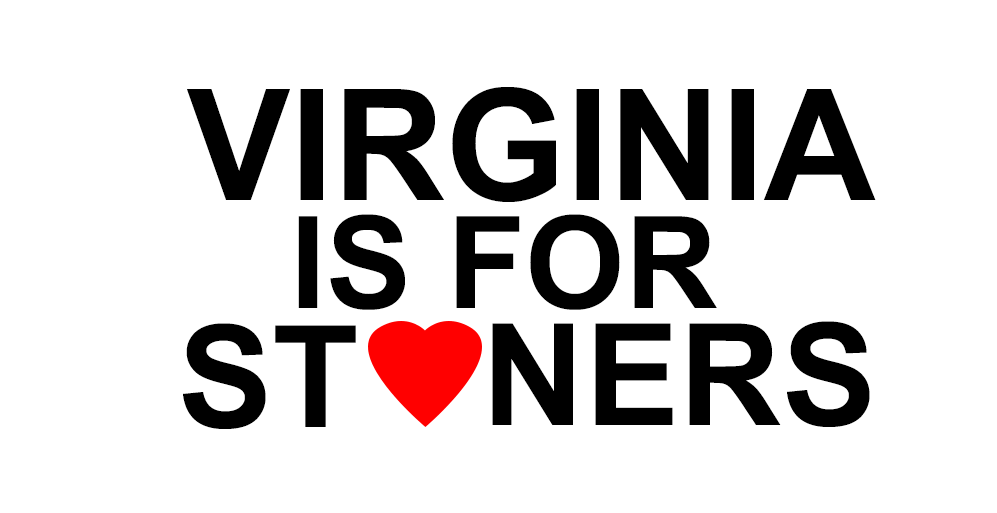The politics of cannabis legalization
The United States is a unique beast. It is the collation of 50 different states, all of which can create their own laws as long they abide the federal law put forth by the federal government. This is why half the country has legal cannabis, and the other half will still throw someone in jail for years just for having a little bit of cannabis in the car.
In a way this makes sense, as the people of the state dictate how the politicians vote. This would imply that in states where cannabis is still illegal, the people there must want it that way. But this is rarely the case. In fact, roughly two-thirds of Americans support legalization of cannabis.
So if the majority of people think cannabis should be legal, and over half the states in the country have gone ahead and just done it themselves, why hasn’t the federal government done anything?
Well that answer is easy…politics.
This article was written shortly after the news of the House of Representatives delaying their vote on the MORE Act. This bill would remove cannabis from the controlled substances list (where it is currently listed as Schedule 1 alongside heroin) and expunge criminal records of those convicted of small cannabis-related crimes.
In the United States, Democrats are considered the “progressive” party. Meaning they are the party that would normally push for something like cannabis legalization. The MORE Act itself was drafted with bipartisan efforts from Republicans and Democrats alike. Yet it was moderate democrats that voted to postpone the vote on the bill.
Why would this be? After all, the Democrats hold the majority in the House and could easily vote the bill through to the senate to begin deliberations.
But they didn’t.
Additionally the Democrats didn’t decide to postpone the vote just a few days or a couple weeks, they postponed it until at least after the election in November between now sitting President Donald Trump and Joe Biden. It might seem irrelevant, but there’s a real, shady, shitty reason that they did this.
The “BIG” announcement
You see, it just so happens that coincidentally, and totally by chance, that the same day that the House of Representatives (i.e. Democrats) decided to postpone the vote, Joe Biden and his running mate Kamala Harris (the Democrat nominees) pledged to decriminalize cannabis, remove it from the scheduled substances list and expunge criminal records.
Sound familiar?
It’s almost as if the Democrats postponed their House vote until after the election, so that Biden can use it to score points and gain more votes from those who want legal cannabis.
Now, if you haven’t gotten any hints of opinion thus far in this piece, here comes some.
I have a prediction.
Call me crazy, but I think there’s just a slim chance (that’s sarcasm) that if Biden is elected, the House will pass the bill through to the Senate the same week. But if Biden loses, the bill will sit dead in the House for eternity, while Democrats blame Republicans for not letting it pass.
That, my friends, is the true politics of cannabis legalization. It isn’t about figuring out if it’s safe, or can be taxed, or if it’s profitable. We know all of that is true already.
It’s about who gets to take credit, and the letter (D or R) next to their name. For politicians, legalization isn’t about the people. It isn’t about the hundreds of thousands of people in jail for small-time cannabis crimes.
It’s about them!
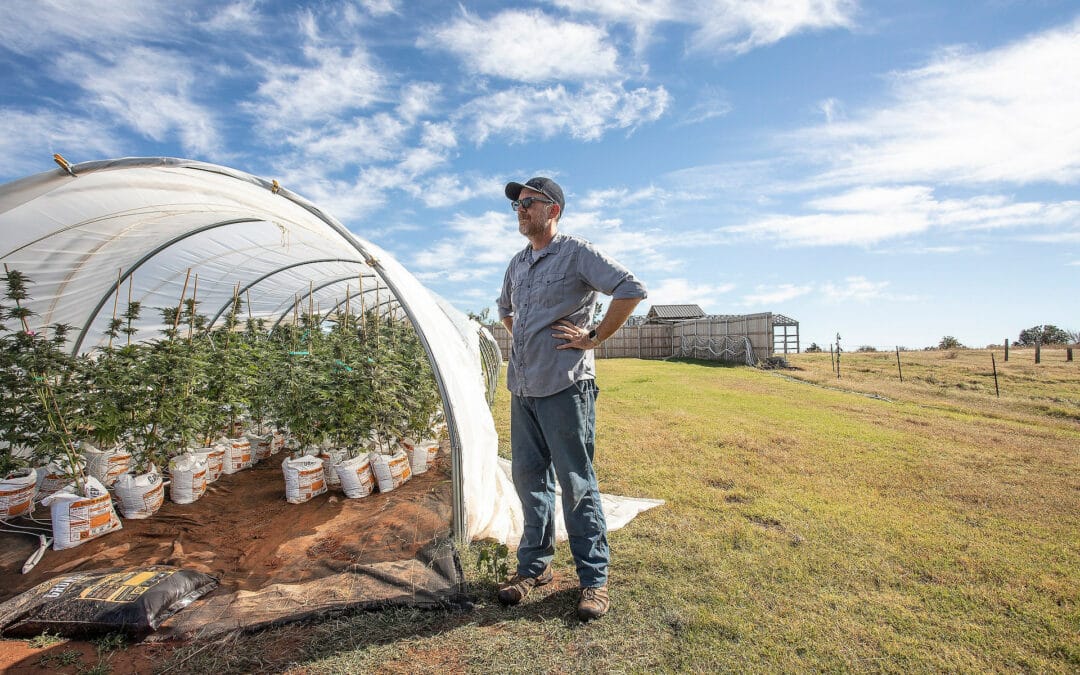


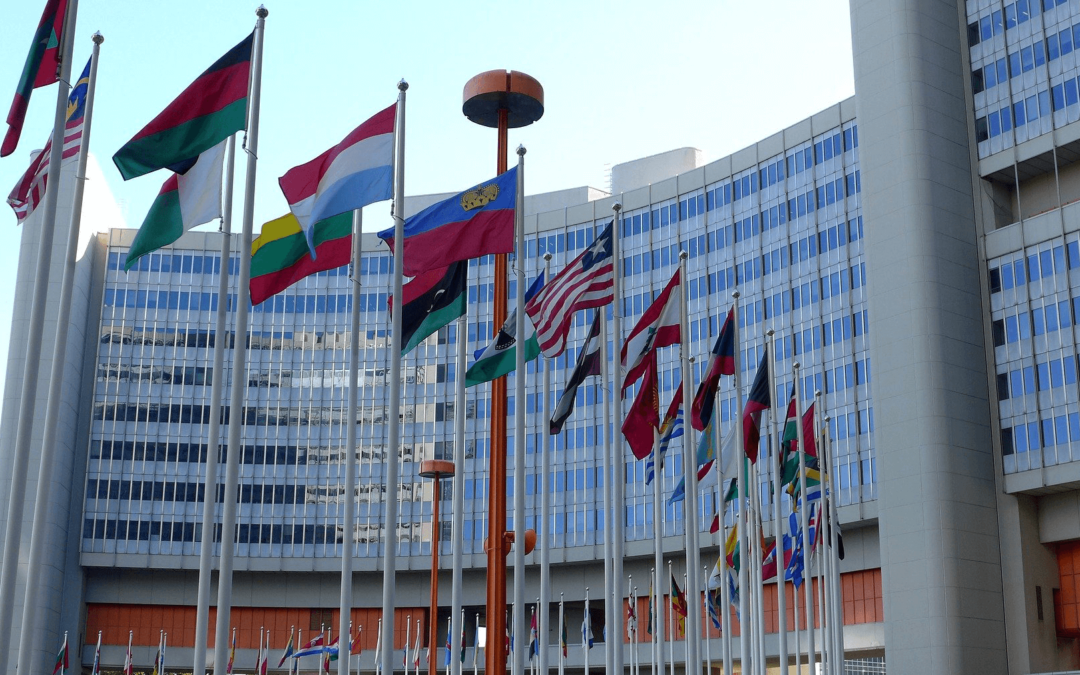
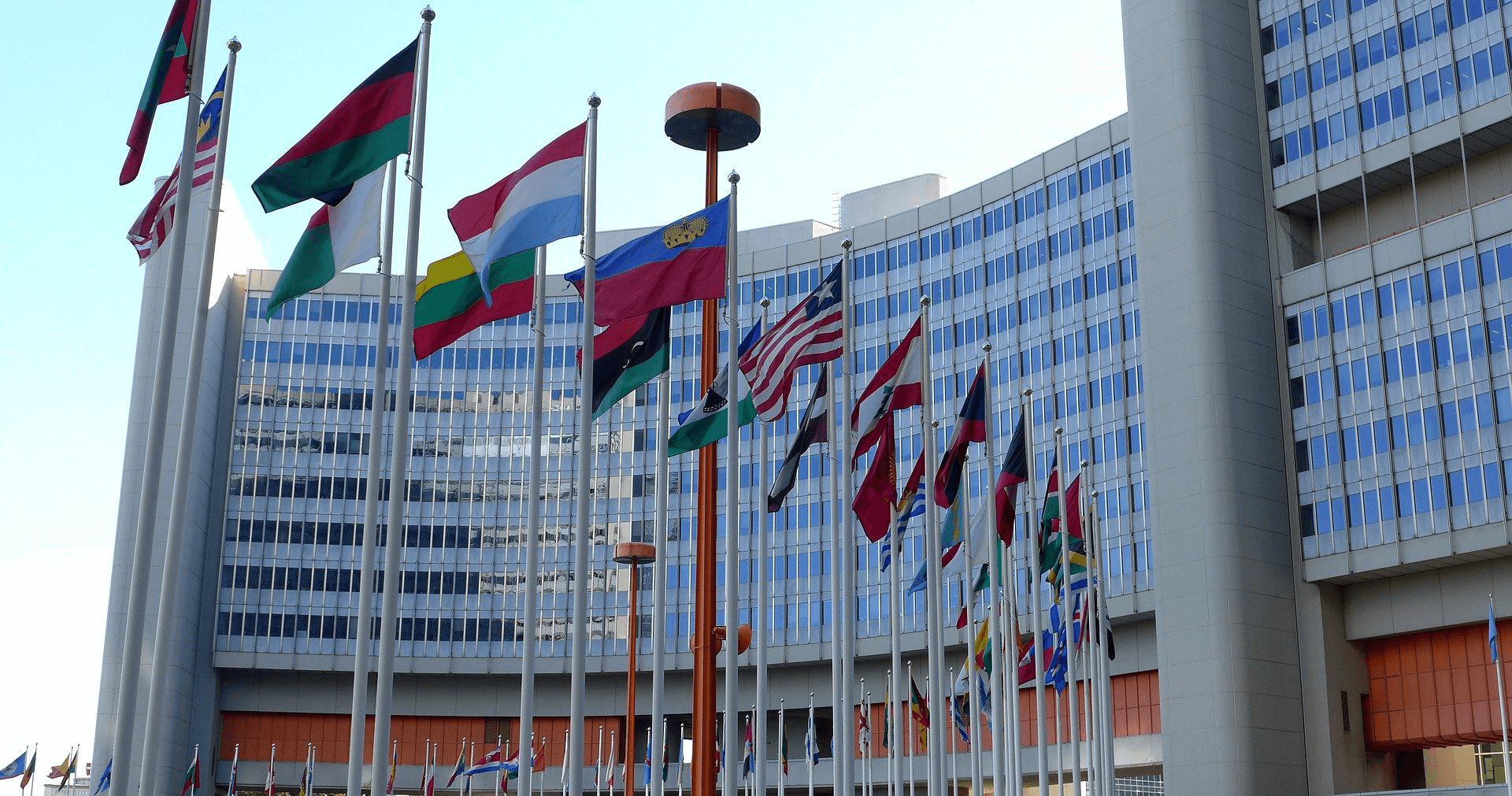
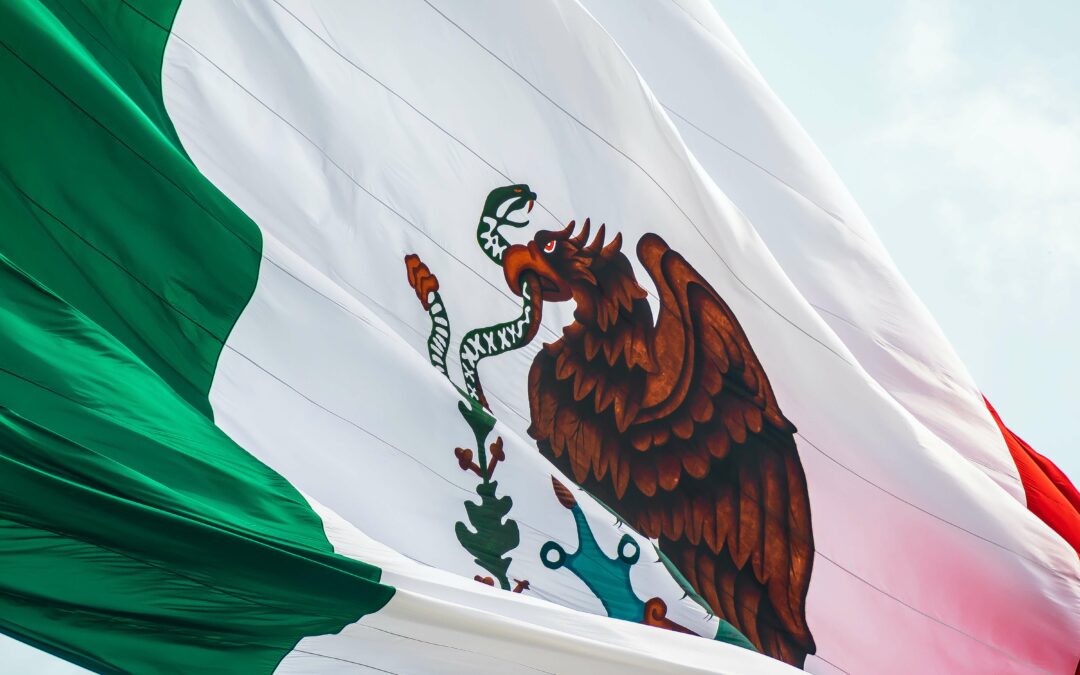
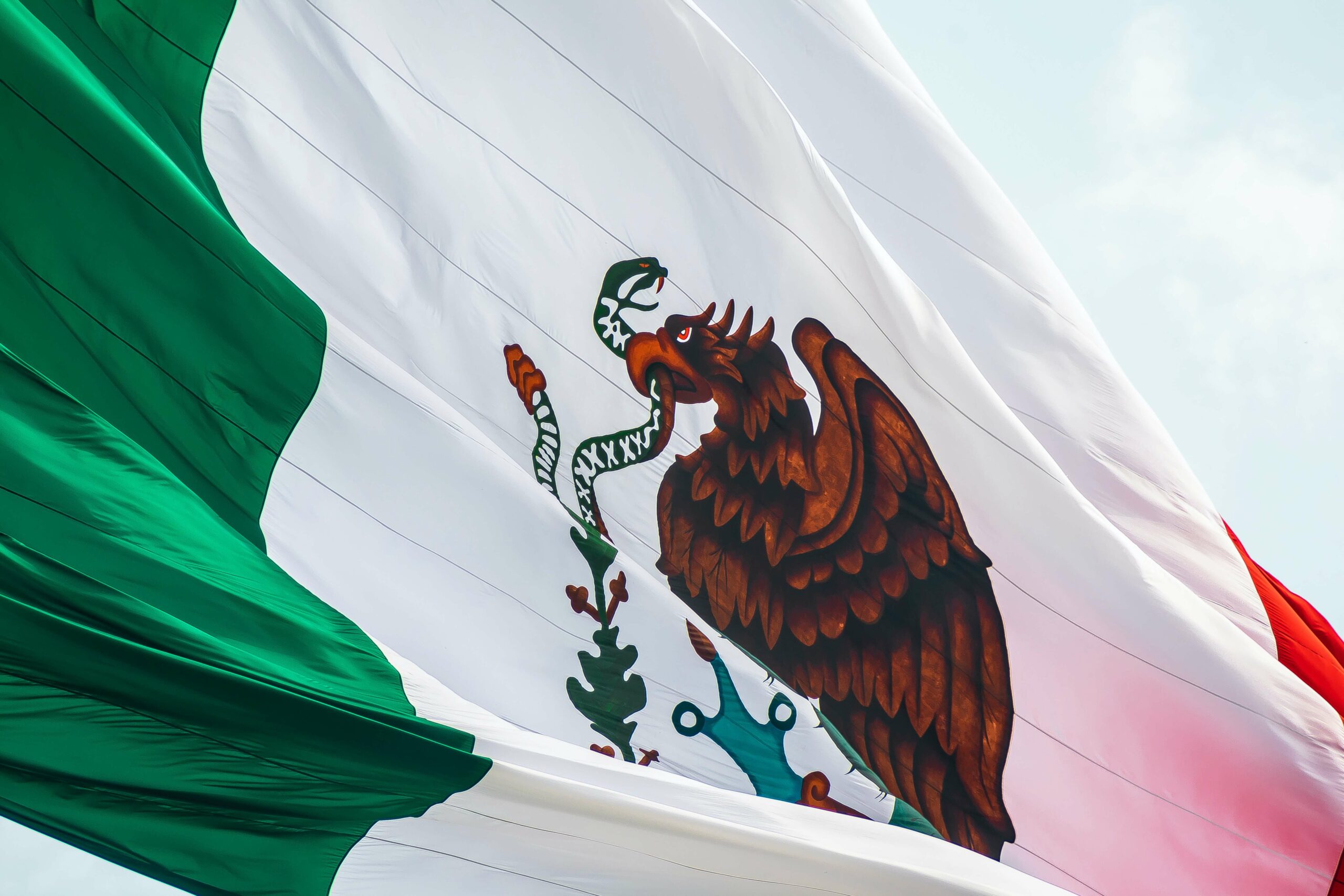
![The Shady Politics of the MORE Act Vote and Cannabis Legalization [Opinion]](https://therealdirt.com/wp-content/uploads/2020/09/shadowplay.png)

